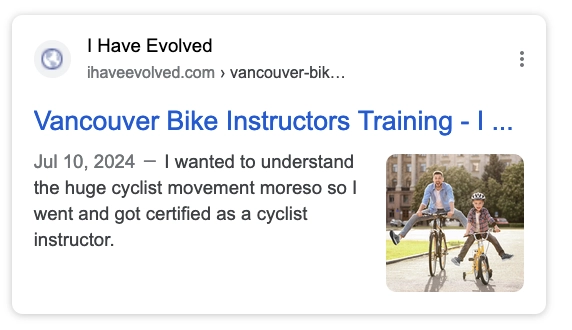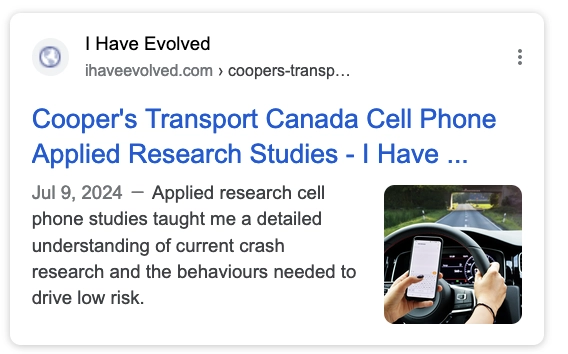This course is about how drivers make decisions, what information is required to make accurate decisions, what type of strategies drivers use to assess relevant information and the type of decision errors that lead to violations and/or crash involvement. Potential evaluators are trained to use an eye mirror and how to interpret behavioural indicators so they can infer what the driver is focusing on and if they are missing pertinent information.
High-quality training and skill development for driving, fleet and corporate instructors who need to assess accurately without bias, precise information the driver is gathering.
My First Impression of This Training
When I first heard about this training, I thought, “This sounds silly.” But it didn’t take long for me to realize how eye-opening it was in showing the complexity of gathering data while driving.


My Biggest Aha Moment
- Our eyes often struggle to gather critical information
- Our brain often overrides, estimates, and extrapolates information
- Simple crash causes explained, but many never know what really happened

Our eyes often struggle to gather critical information
Imagine you’re setting up to turn left in the rain and see a man and a child standing on the far side street corner. Did you know your brain receives two images of them—one from your left eye and one from your right eye?
Suppose your left eye is stronger than your right eye; for example, the left eye sees at 300 dots per inch (dpi) while the right eye sees at 72 dpi. In the rain, the right eye might not clearly see the child.
What does your brain receive?
- The man and child image?
- The man and no child image?
The truth is your brain receives both images and merges them, which could result in you not seeing the child at all.

Our brain often overrides, estimates, and extrapolates information
Have you seen optical illusions where an image appears to move, even though it’s not? This happens because your brain predicts the future and assumes movement, effectively changing what your eyes see.

Simple crash causes explained, but many never know what really happened
A driver didn’t see a pedestrian while making a left turn. Most people involved in such crashes don’t believe the driver. Drivers often claim they didn’t see a motorcycle after a collision. This could be due to a blind spot, which we all have when the image hits the center back of the eye at the optic nerve connection where we can’t see. Or it could be because the driver lacked the skills to see past the car’s structural obstructions.
Driving and vision are both very complicated.
Quality driver training in downtown Vancouver with Cooper.
Cooper’s History of Training & Education






Cooper’s Qualifications
British Columbia Training
Ontario Safety League
Road Safety Educators Association
More
Compare this to the training driving instructors receive in B.C.
Instilling a Seriousness for Driving Every Day.



